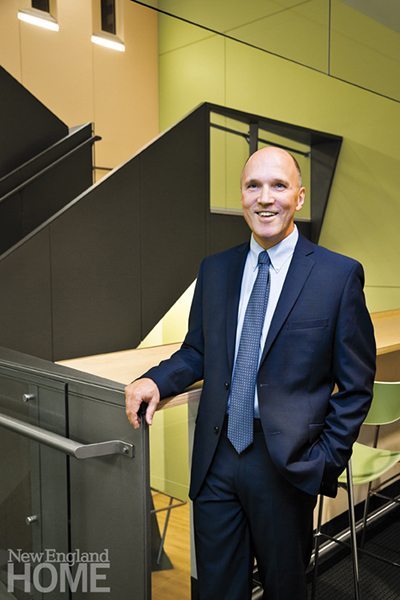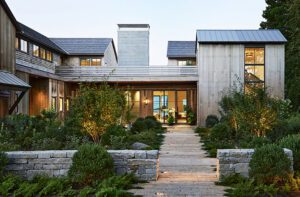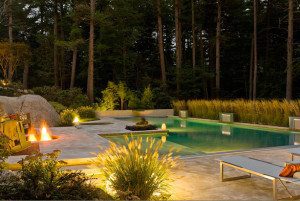Five Questions: Paul Lukez
December 28, 2015
Architect, writer, and teacher Paul Lukez explains how technological and demographic trends influence high-end residential home design.
Text by Robert Kiener Photography by Trevor Reid

1. Do you have a signature style?
No. Absolutely not. We refer to ourselves as “portrait artists.” Because we are human, we have a brushstroke, one that is trained and formed by our training. But it is not driven by ideology or style. It is driven by the search—using the tools and skills we have available at the time—to give form and space to things that are important to clients. In our work there is a consistency, a focus on the craft and how things come together and are resolved as beautifully as possible. Is that brushstroke evolving and changing? By all means, yes.
2. What issues do you see influencing high-end residential design?
Home design is going to change, probably in ways we don’t fully understand yet. For example, a lot of it will indirectly be affected by radical changes in modes of mobility. The whole concept of car ownership is changing. Maybe we won’t need so many cars in the future. We might not actually own our car, but share it. We might bike. We are already seeing a change with Millennials, who spend more money on digital tools than automotive. We may not need the three-car garage and we could have a lighter footprint. Developers have already picked up on this. We are seeing some developments where instead of having two cars per townhouse, for example, they are allowing just one car as long as there are Zipcars available for use by the community. This will cut down on car ownership as well as parking places.
3. How will the role of the architect adapt to these changes?
We live in an age where people have so many options available that it is a question of choice. That’s where designers come into play and can be a great resource. In the new digital era, we have incredibly powerful tools, and it is up to us to make clients aware of these rich, new resources. Instead of merely offering a checklist, we can explain how these elements and qualities can be truly holistic and fully integrated with an individual’s lifestyle choices. With more resources, people will have more choices. They need to use the professionals they work with as guides in finding the right selections.
4. Do clients come to you with more of a design sense than they did in the past?
Yes, especially in New England. We have had a tradition of having great designers here, but in the last twenty or thirty years the popular press, the shelter press, and the design press have been increasingly distributed to a wider pool of people. I think people are more aware of design and they value it in ways they might not have before. Take green or sustainable design, for example. We can create homes that use less—or no—energy, fewer resources, are more comfortable, have better natural light, last longer, and are just wonderful places. These homes don’t have to be cold places or look like engineering labs. They can embrace the light and be very much a part of the community.
5. How does your residential work reflect your interest in building a sense of community?
Because New England is denser than other regions, we often have to work in villages and towns, so you have to think about who your neighbors are, how you enter the space, where you put the garage, how you can be a good neighbor to the community. How do you help build that community? It’s not just about me, myself, and my big house. It is about how design relates to the rest of the landscape and our communities and how we build that over the years to come. I think we are lucky here that people really care about the community.
Paul Lukez Architecture, Somerville, Massachusetts, (617) 628-9160, Lukez.com
Share
![NEH-Logo_Black[1] NEH-Logo_Black[1]](https://b2915716.smushcdn.com/2915716/wp-content/uploads/2022/08/NEH-Logo_Black1-300x162.jpg?lossy=1&strip=1&webp=1)






